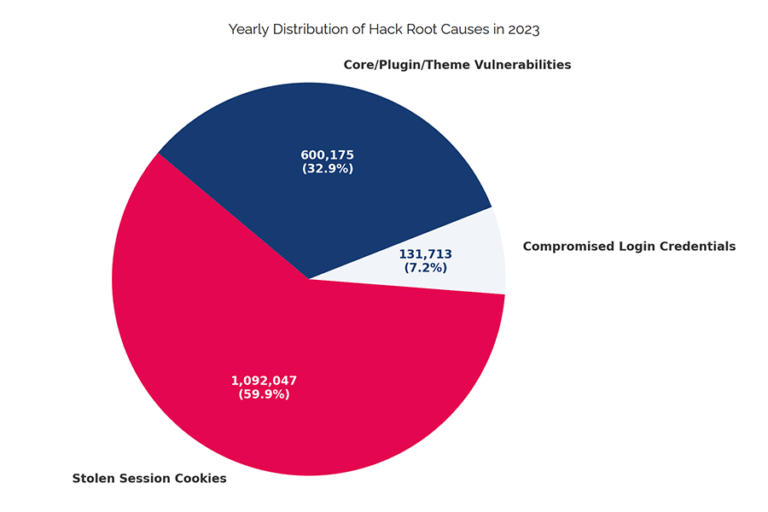
Introduction
The idea of running out of sand might seem absurd considering the vast deserts covering our planet. However, the reality is more nuanced, and the global demand for sand is reaching unprecedented levels. In this article, we’ll delve into the surprising reasons behind the impending sand shortage and explore potential solutions.
The Extent of the Issue
While deserts indeed contain abundant sand, not all sand is created equal. Silicon, a crucial component of silica sand, constitutes 27.7% of the Earth’s crust. This resource is extensively used, with over 50 billion tons of sand and gravel consumed annually in various industries such as construction, electronics, and manufacturing.
Sand Composition Matters
Sand is a result of the gradual erosion of rocks over thousands of years, making it a technically renewable resource. However, the properties of sand vary based on its origin. Concrete, for instance, requires water-weathered sand due to its rough and angular grains, providing better locking capabilities. In contrast, wind-weathered desert sand, despite being abundant in places like Dubai, is too smooth for certain applications, leading to massive sand imports.
The Importance of Purity
Glass production, silicon chips, and photovoltaic cells necessitate specific types of sand. Glass, for example, requires near-pure silica sand with at least 95% silicon dioxide. The sand must also be extremely fine, with specific grain sizes and colors. The semiconductor industry demands even higher purity, with silicon needing to be 99.999999999% pure.
Environmental Impact and Criminal Involvement
The intense global demand for sand has environmental and societal repercussions. Sand mining, especially when carried out irresponsibly, damages ecosystems, erodes support structures, and even leads to fatal incidents like bridge collapses. The severity of the issue is underscored by organized crime involvement, as illicit sand mining has become a lucrative and concerning activity.
Managing the Sand Shortage
To address the imminent sand shortage, several strategies can be employed:
-
Diversifying Sources: Shifting to alternative sources like crushed rock, demolition material, and ore sand can reduce reliance on traditional sand mining.
-
Innovative Alternatives: Exploring unconventional alternatives, such as using pyrolyzed coffee grounds, has shown promise in creating stronger concrete while decreasing sand usage.
-
Recycling: Maximizing the reuse of extracted sand is crucial. Fortunately, many processed forms of sand, like asphalt and glass, are recyclable to a significant extent.
-
Longer-lasting Products: Promoting the development of longer-lasting and repairable digital devices can reduce the constant demand for new materials.
Conclusion
The global sand shortage is a pressing issue that requires innovative solutions and a shift in our approach to resource utilization. By diversifying sources, exploring alternative materials, and embracing recycling practices, we can mitigate the impact of the sand shortage and ensure a more sustainable future.
In case you have found a mistake in the text, please send a message to the author by selecting the mistake and pressing Ctrl-Enter.






